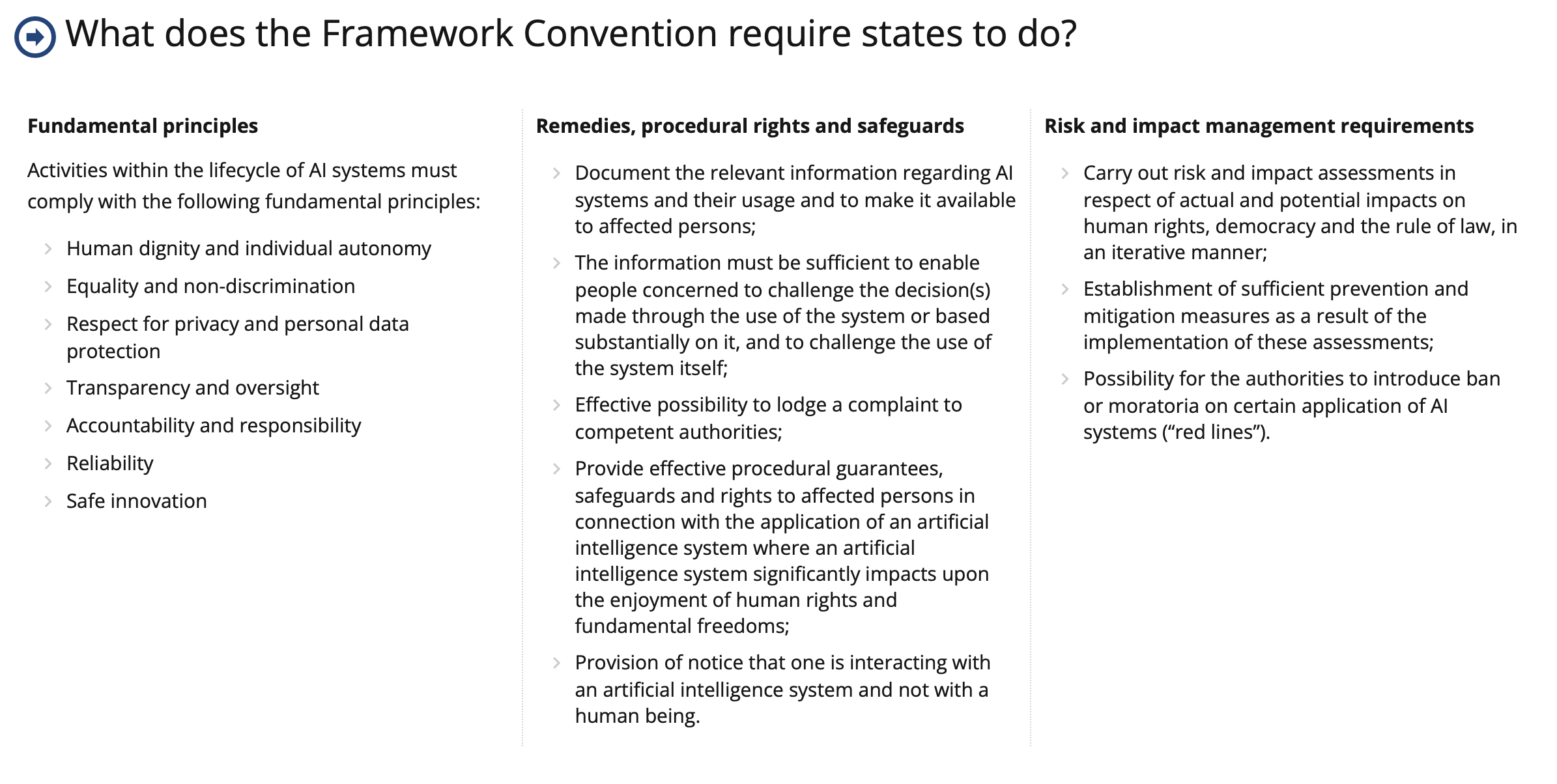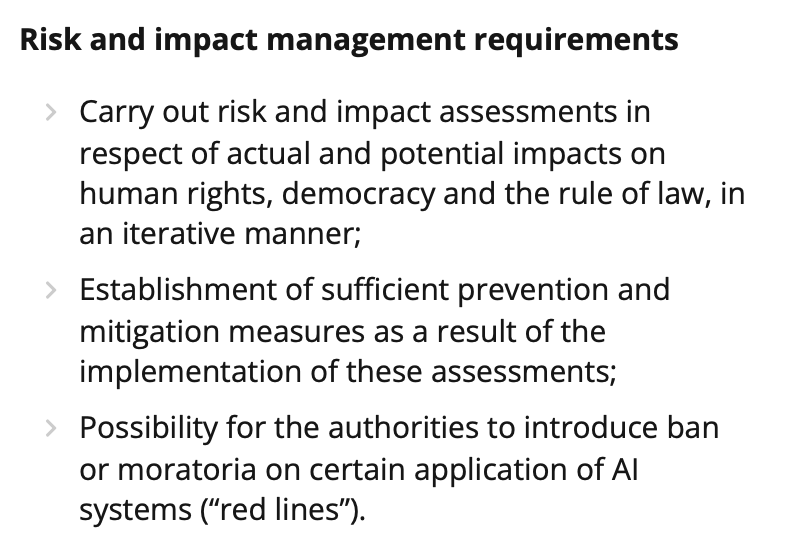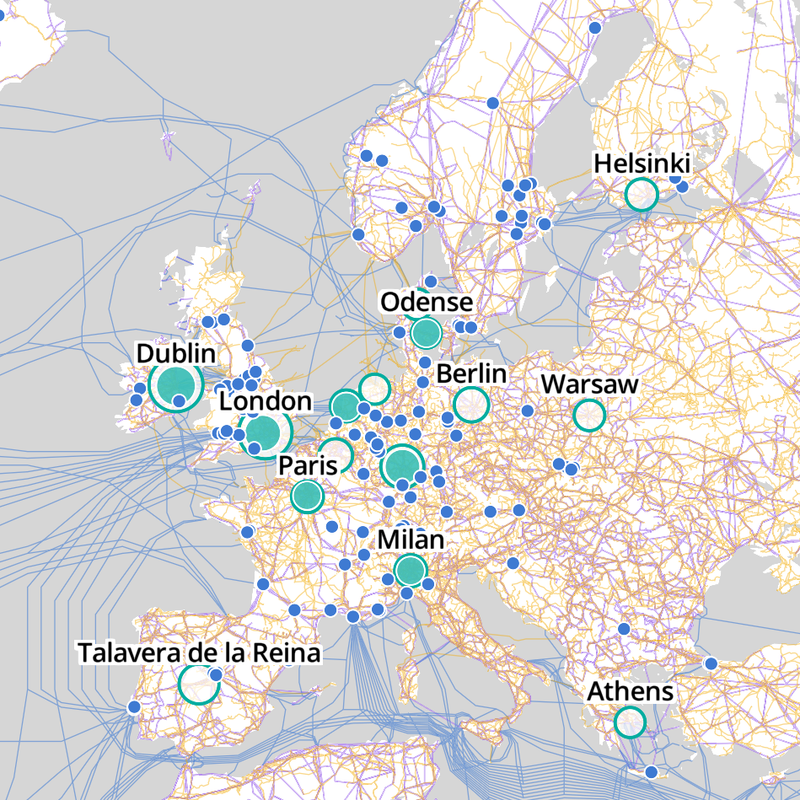AI Treaty set for signing in Vilnius: what it means for global AI governance
On Thursday, September 5, 2024, within the framework of the Council of Europe, the AI Treaty, officially known as the “Convention on Artificial Intelligence, Human Rights, Democracy, and the Rule of Law”, will be signed in Vilnius, Lithuania.
On Thursday, September 5, 2024, within the framework of the Council of Europe, the AI Treaty, officially known as the “Convention on Artificial Intelligence, Human Rights, Democracy, and the Rule of Law”, will be signed in Vilnius, Lithuania.
This treaty represents a step towards developing a global regulatory framework for AI, inspired by the EU AI Act. It is expected that various countries, including the Council of Europe’s observer countries such as the United States, will sign the treaty.
The Council of Europe currently includes 46 member states, such as Iceland, Germany, Austria, Cyprus, Switzerland, Malta, Portugal, Spain, Liechtenstein, San Marino, Finland, Hungary, Poland, Bulgaria, Estonia, Lithuania, Slovenia, the Czech Republic, Slovakia, Romania, Andorra, Latvia, Albania, Moldova, Ukraine, Croatia, Georgia, Armenia, Azerbaijan, Bosnia and Herzegovina, Serbia, Monaco, and Montenegro. Five observer countries include the Holy See, the United States, Canada, Japan, and Mexico.
Modus operandi of AI Treaty
As shown in the explanatory image below, the Council of Europe’s AI treaty operates through a framework of fundamental principles and risk management requirements that govern AI systems throughout their lifecycle.

The key principles include traditional democratic ones such as respect for human dignity, equality, privacy, transparency, accountability, and safe innovation, ensuring that AI decisions can be challenged and that procedural rights are upheld.
The treaty mandates clear notification when interacting with AI and requires ongoing risk and impact assessments to protect human rights, democracy, and the rule of law. Authorities are empowered to impose bans or moratoria on high-risk AI applications, establishing protective "red lines" to prevent misuse.
Criticism
Some non-governmental organizations, such as the Observer Research Foundation, have criticized the treaty back in May 2024 for not being sufficiently binding for signing countries.
Developing consensus in multistakeholder settings needs to go beyond broad normative prescriptions by specifying how these principles translate into defined responsibilities for various actors, depending on their roles in the ecosystem as suppliers, consumers, or intermediaries.
However, these issues and concerns remain unaddressed within the current framework. The convention places the responsibility on signatory countries, with regulatory innovation left to each nation, raising questions about the framework's relevance and scope.
While the desire of Europeans and some NGOs for globally binding agreements inspired by the EU AI Act is understandable from a purely pragmatic point of view, it remains crucial for each country to leave space to determine its own approach to AI regulation, especially considering the ambition many nations have to become global AI hubs.
Conclusion
While the Council of Europe’s AI treaty aspires to set binding international standards, its true impact will depend on each country’s willingness to ratify, implement, and enforce its provisions.

However, implementing key aspects of the treaty (pictured above), such as risk and impact assessments, preventive measures, and bans/moratoria on certain AI applications, will be challenging without EU-style access to foundational models and regulatory structures similar to those in the EU AI Act.







